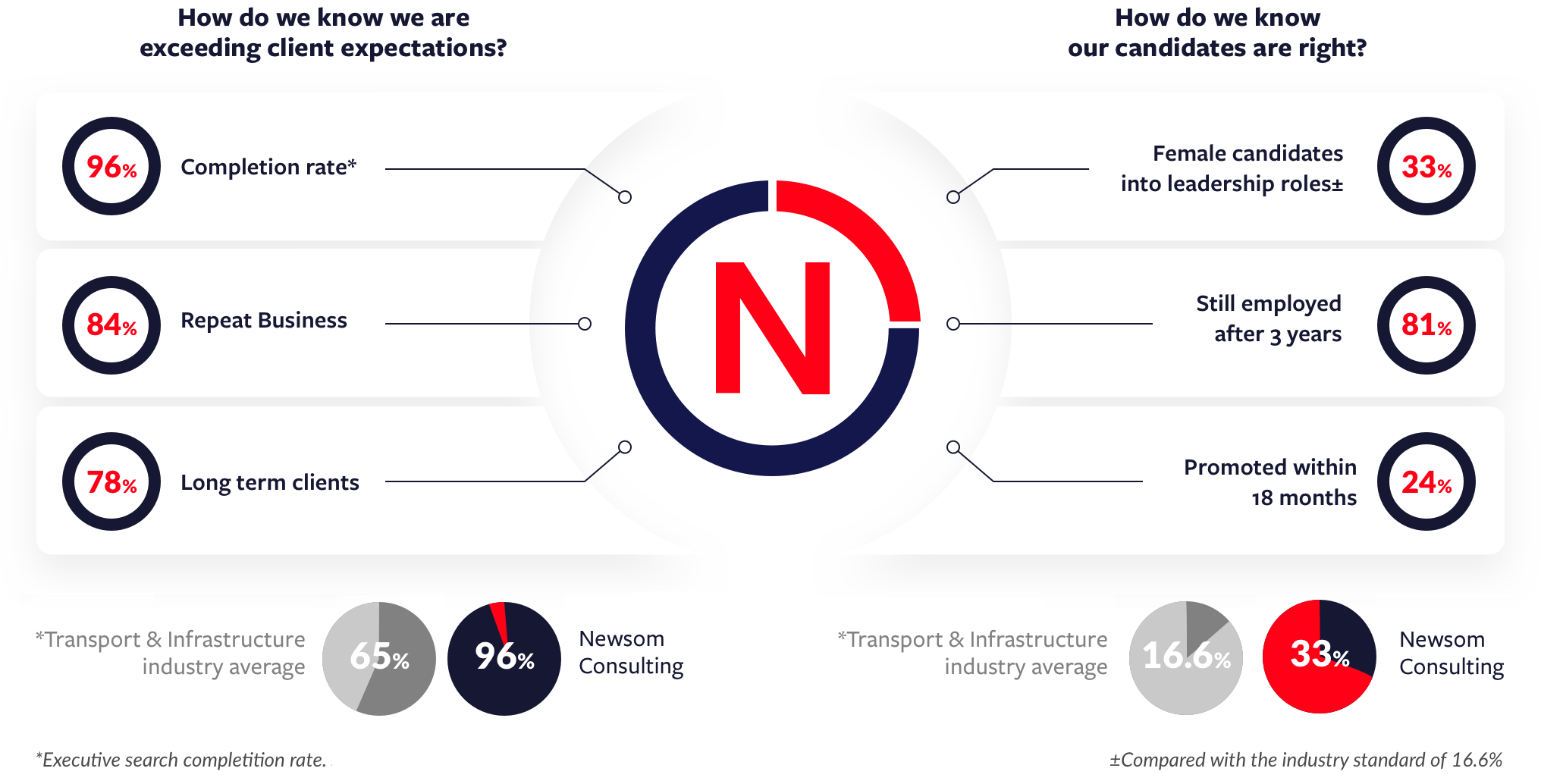
Services
Latest Opportunities

Commercial Director
A leading infrastructure business in the UK have retained our services to recruit a Commercial Director for their Rail division, which focuses on rail systems projects. The role will be responsible for leading their commercial function with a team of Quantity Surveyors and Procurement professionals.
Commercial Director
A leading infrastructure business in the UK have retained our services to recruit a Commercial Director for their Rail division, which focuses on rail systems projects. The role will be responsible for leading their commercial function with a team of Quantity Surveyors and Procurement professionals.

Director of Parliamentary Maintenance
UK Parliament invites applications for a Director of Parliamentary Maintenance to be a part of the In-House Services team.
Director of Parliamentary Maintenance
UK Parliament invites applications for a Director of Parliamentary Maintenance to be a part of the In-House Services team.

Operations & Production Director
We are looking for an Operations & Production Director to create, develop, and implement an industry-leading approach to construction delivery for the Southern Integrated Delivery (SID) alliance within the Southern Renewals Enterprise (SRE).
Operations & Production Director
We are looking for an Operations & Production Director to create, develop, and implement an industry-leading approach to construction delivery for the Southern Integrated Delivery (SID) alliance within the Southern Renewals Enterprise (SRE).

Regional Director
Our client, a utilities & highways maintenance contractor, wishes to recruit a Regional Director to manage a significant P&L.
Regional Director
Our client, a utilities & highways maintenance contractor, wishes to recruit a Regional Director to manage a significant P&L.

Commercial Lead
Our client wishes to recruit a Commercial Lead to deliver post-contract commercial management of a £multi-bn capital infrastructure programme.
Commercial Lead
Our client wishes to recruit a Commercial Lead to deliver post-contract commercial management of a £multi-bn capital infrastructure programme.

Head of Delivery – Building Design
We are retained on a Head of Delivery – Building Design position for a major construction programme. This programme is one of the largest infrastructure projects the UK has seen – comparable in size to the Olympics and Crossrail.
Head of Delivery – Building Design
We are retained on a Head of Delivery – Building Design position for a major construction programme. This programme is one of the largest infrastructure projects the UK has seen – comparable in size to the Olympics and Crossrail.

Director – Rail Infrastructure
A tier 1 rail infrastructure contractor is looking to recruit a Director to be their operational lead for the final bid phase and mobilisation of a major rail infrastructure contract and to lead bidding on another major rail project.
Director – Rail Infrastructure
A tier 1 rail infrastructure contractor is looking to recruit a Director to be their operational lead for the final bid phase and mobilisation of a major rail infrastructure contract and to lead bidding on another major rail project.

Director – Transmission & Distribution
A UK subsidiary of one of Europe’s largest construction groups is looking to establish a tier 1 contractor business in the UK electricity transmission and distribution (T&D) market.
Director – Transmission & Distribution
A UK subsidiary of one of Europe’s largest construction groups is looking to establish a tier 1 contractor business in the UK electricity transmission and distribution (T&D) market.

Head of Programme Services
Our services have been retained to recruit a Head of Programme Services for a major infrastructure programme comparable in size to the Olympics and Crossrail.
Head of Programme Services
Our services have been retained to recruit a Head of Programme Services for a major infrastructure programme comparable in size to the Olympics and Crossrail.

Head of Business Development
Our client is a leading energy solutions and infrastructure provider who is seeking to recruit a high-calibre leader to manage their business development function, including sales, bids and marketing.
Head of Business Development
Our client is a leading energy solutions and infrastructure provider who is seeking to recruit a high-calibre leader to manage their business development function, including sales, bids and marketing.

Programme Manager
Our services have been retained to recruit two Programme Manager roles for a major infrastructure programme. This is comparable in scale to the Olympics and Crossrail.
Programme Manager
Our services have been retained to recruit two Programme Manager roles for a major infrastructure programme. This is comparable in scale to the Olympics and Crossrail.

Market Director
Our services have been retained to recruit two Market Director roles for a rapidly growing infrastructure consultancy with a strong reputation in the transportation sector. Our client has been experiencing impressive growth and are looking to develop two new markets, Energy and Environment & Water.
Market Director
Our services have been retained to recruit two Market Director roles for a rapidly growing infrastructure consultancy with a strong reputation in the transportation sector. Our client has been experiencing impressive growth and are looking to develop two new markets, Energy and Environment & Water.









